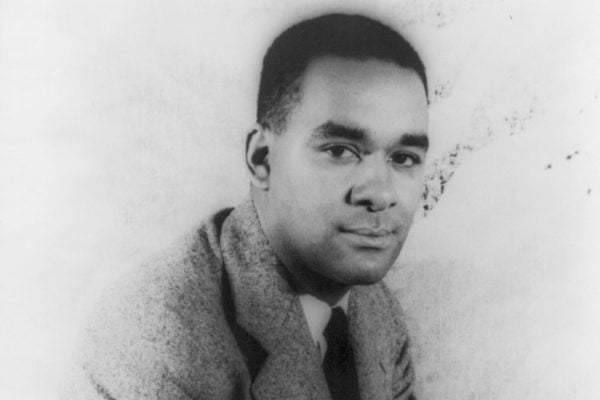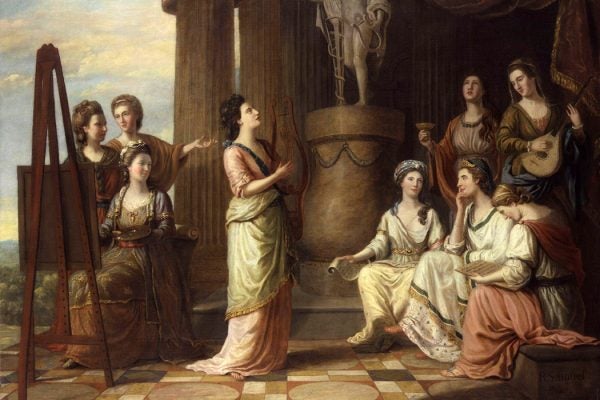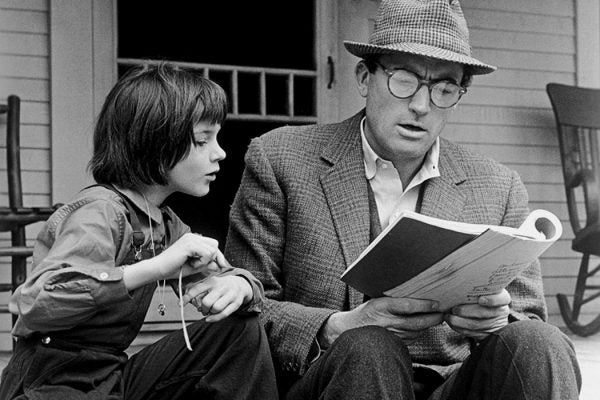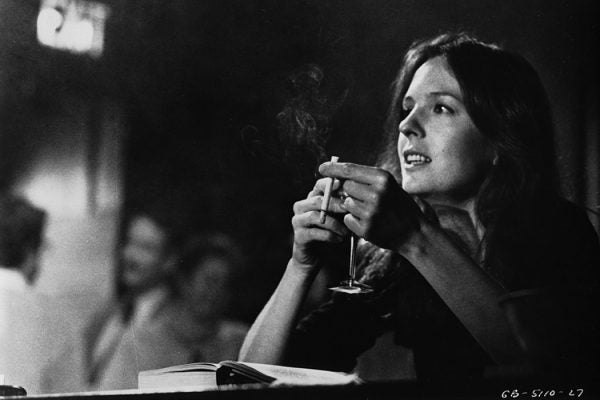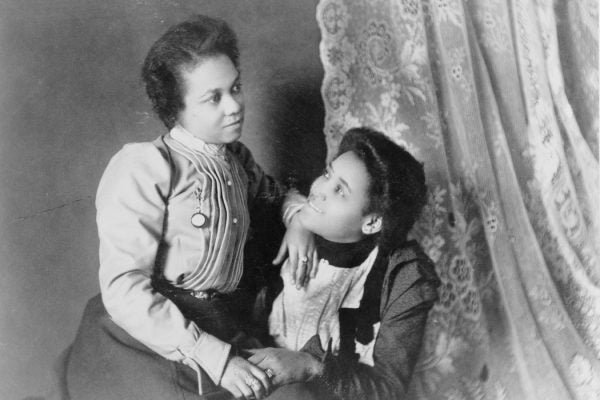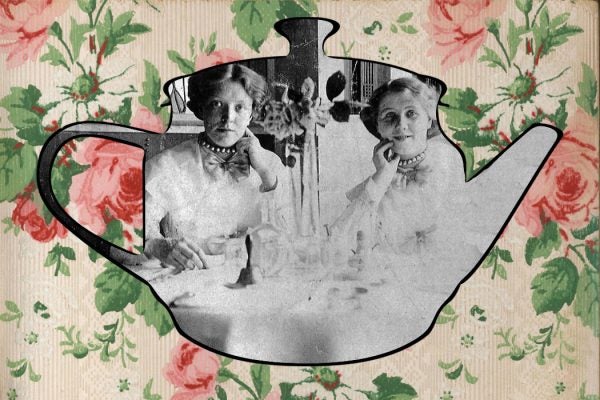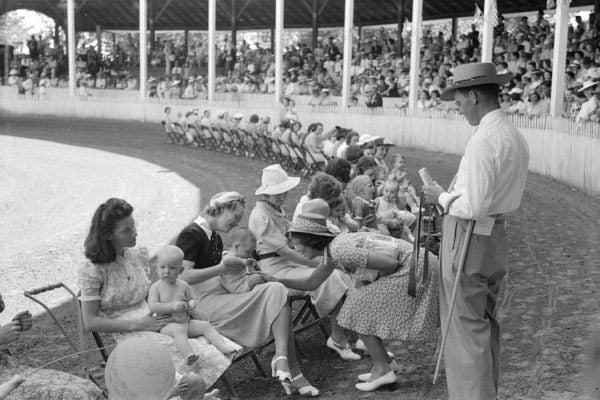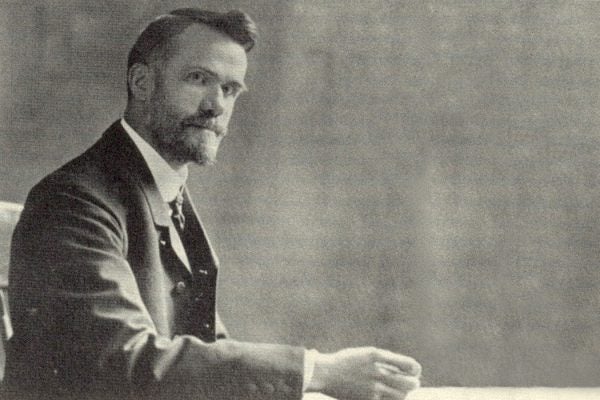Richard Wright Helped Bring Mental Healthcare to Harlem
The famous novelist worked to fight the psychological cost of black oppression.
The Bluestockings
Meet the original Bluestockings, a group of women intellectuals. Their name would eventually become a misogynist epithet -- but it didn't start that way.
Defying the Gender Binary in the 1930s
In the 1930s, experimental psychologist Agnes Landis interviewed women who identified as "tomboys."
“No Unescorted Ladies Will Be Served”
For decades, bars excluded single women, claiming the crowds were too “rough” and “boisterous” and citing vague fears of “fallen girls.”
Searching for Black Queer History in Sensational Newspapers
Sometimes finding the stories of marginalized populations demands reading between the lines.
The Top-Secret Feminist History of Tea Rooms
Nearly all American tea rooms were owned by women. They often opened up rooms in their homes or set up tables in their gardens.
Judging Families at the State Fair
"Better Baby Contests" began as part of the Progressive Era push to improve children’s health and reduce infant mortality. Then eugenicists got involved.
When Christian Evangelicals Loved Socialism
At the turn of the twentieth century, American Christian evangelicals, led by Pastor Walter Rauschenbusch, were at the forefront of socialism.
Colleges’ Reluctant Embrace of MLK Day
The push for a national Martin Luther King holiday prompted a fierce political tug-of-war, on campus and off.
When Death Was Women’s Business
In the 19th century, women called "watchers" tended to the dying and the dead.
